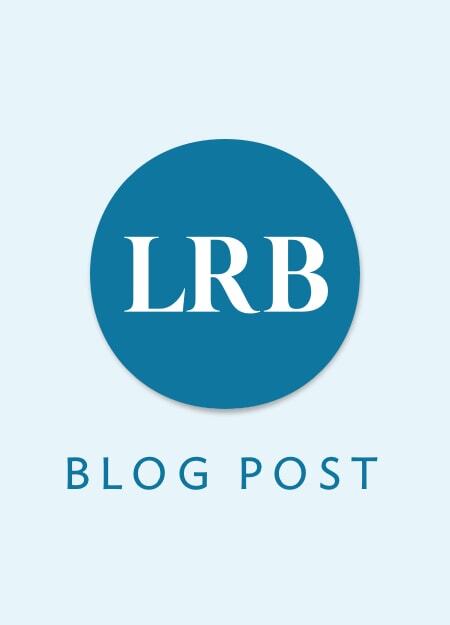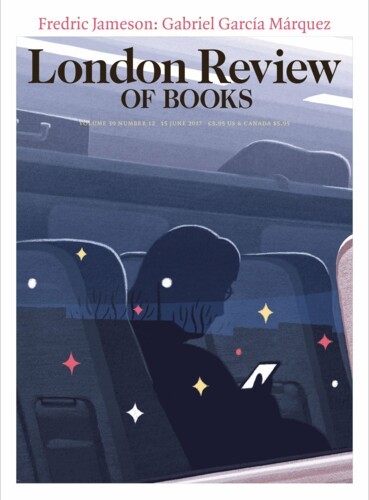‘Gothic’ or ‘Black Letter’ script was used by monastic scribes in many parts of Europe from the 12th century. Early printer-typefounders, including Gutenberg and Caxton, imitated handwritten Black Letter in the first moveable type. In Italy, Gothic typefaces were soon challenged by Roman or 'Antiqua' letters (which owed their forms to classical Latin inscriptions) and Italics; and in much of Northern Europe, too, Black Letter forms were largely obsolete by the mid-17th century.
Louis Mackay
Louis MackayLouis Mackay is a graphic designer and illustrator.
In his recent piece on Hergé in the LRB, Christopher Tayler notes the influence on Tintin’s creator of a Chinese artist, Zhang Chongren, whom he met in 1934, as he was starting work on The Blue Lotus.
When you pay with a fiver, a tenner or even a twenty, the chances are the shop assistant barely gives the banknote a glance. But hand over a fifty-pound note, and its half a ton to a pony that the recipient will make a show of holding it up to the light to make sure it’s genuine. Most people probably only look for the wire and the watermark. The Bank of England lacks complete confidence in these long-established devices, so it now includes many other security features. Without them, counterfeiting would doubtless be a bigger problem than it is: according to the figures for 2009, only one note in every 50,000 in circulation was a fake; 95 per cent of them were twenties. One-pound coins are much easier to forge: about one in 36 of the 30 to 40 million circulating is reckoned to be counterfeit.
The latest design of UK passports, released last year, has a number of new security features: the chip is now hidden within the cover boards, which makes it more difficult to extract and replace fraudulently; the passport number is dot-matrix‐punched through every page; page numbers are both watermarked in the paper and integrated into the collaged pictorial backgrounds which, intaglio printed in fine detail and subtle colour blends, span each two‐page spread. Every background is different, and includes a good deal of microscopic text.
Read anywhere with the London Review of Books app, available now from the App Store for Apple devices, Google Play for Android devices and Amazon for your Kindle Fire.
Sign up to our newsletter
For highlights from the latest issue, our archive and the blog, as well as news, events and exclusive promotions.

